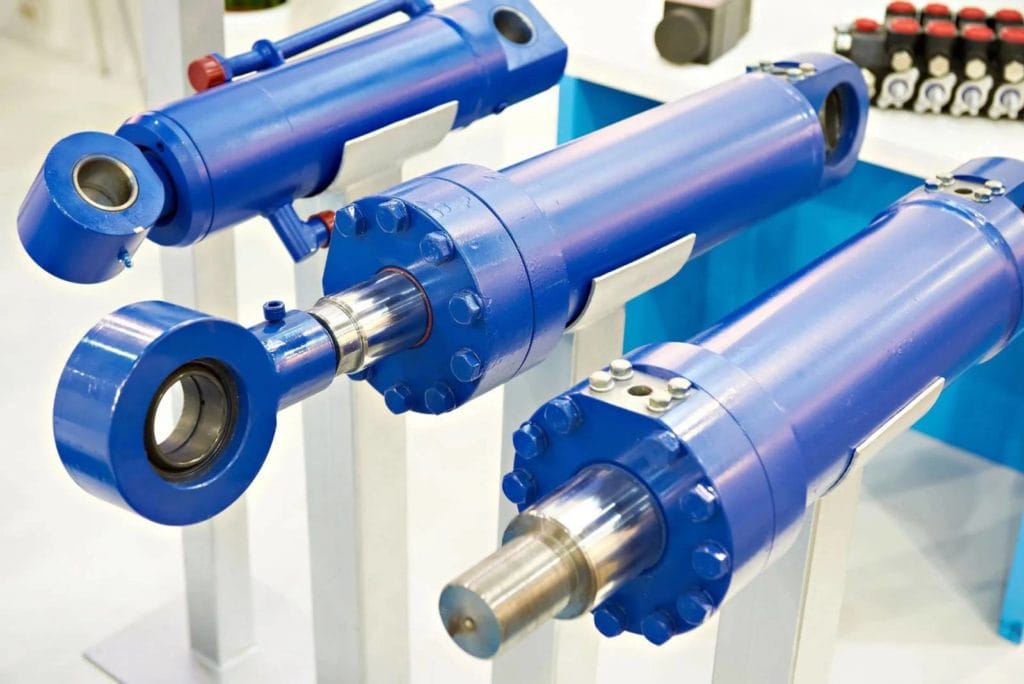It is critical to keep a hydraulic system in good working order. Without adequate maintenance, you risk having an unexpected breakdown and paying for pricey repairs. Knowing how to bleed hydraulic lines safely is one component of keeping your system working at peak performance. Here are the procedures required to complete this process as quickly as possible!
What is a hydraulic line?
Hydraulic lines operate similarly to electric circuits, but in which water or another fluid replaces electric currents, as in hydraulic controls. A hydraulic line is a tube that carries pressurized fluid to power machinery. The fluid can be oil, water, or air. Hydraulic lines are often made from metal tubing but can also be made from plastic or other materials. They are typically installed in a straight line but can also be looped or coiled for special applications. Hydraulic systems are used in various machines, including cars, construction equipment, and aircraft.
Why do you need to bleed hydraulic lines?
Keeping your hydraulic lines running smoothly and malfunction-free should be a top priority for any company using them in Minnesota. But what exactly does it mean to “bleed” these systems, and why is it so important? Let’s explore why bleeding hydraulic lines is a must.
Taking out the air from the system
One of the primary reasons you need to bleed hydraulic lines is to remove air from the system. Air entering the system can cause various problems, such as reduced efficiency and increased wear on components. Bleeding the lines helps to remove air from the system and allows the system to operate more efficiently.
Cleaning the system of contaminants
The bleed process is also valuable for removing contaminants from hydraulic systems. If contaminants enter the system, such as water or dirt, the system can be reduced in efficiency, and wear on components may increase. By bleeding the lines, contaminants are removed from the system, and it runs more efficiently.
Keeping fluid levels at the proper level
Fluid levels must also be maintained in the hydraulic system by bleeding hydraulic lines. If the fluid level in the system gets too low, it can cause various problems, such as reduced efficiency and increased wear on components. Bleeding the lines helps to maintain proper fluid levels in the system and allows the system to operate more efficiently.
Checking for leaks
Checking for leaks in the hydraulic system is another reason hydraulic lines need to be bled. Leaks can cause various problems, such as reduced efficiency and increased wear on components. Bleeding the lines helps check for leaks in the system and allows you to repair any leaks.
How do you bleed hydraulic lines?
Doing your hydraulic maintenance can be a challenging yet rewarding experience. Performing regular preventative care on your hydraulic lines is an integral part of keeping your machinery running properly. One particular task you may run into is bleeding the system.
To make sure things go smoothly, understanding the basics of how to bleed a hydraulic line becomes essential to ensure safe, effective operations going forward:
1. Check the manufacturer’s instructions
Before you start bleeding hydraulic lines, it is essential to check the manufacturer’s instructions. This is because different manufacturers have different methods for bleeding their hydraulic lines. Some manufacturers may require special tools or equipment that you may not have.
2. Find the bleeder screws
After reviewing the manufacturer’s instructions, locate the bleeder screws. Bleeder screws, located at the end of the hydraulic line, remove air from the line.
3. Open the bleeder screws
The bleeder screws need to be opened once you have located them. To do this, use a wrench to turn the screw counterclockwise until it is loose. Do not remove the screw completely, as this will allow all the fluid to escape from the line.
4. Close the bleeder screw
Once all the air bubbles have been forced out of the line, close the bleeder screw. Ensure the screw is tight so no more air can enter the line.
5. Bleed the lines
Once the bleeder screws are open, you can start bleeding the lines. To do this, have someone pump the brakes while you hold a cloth or rag over the end of the bleeder screw to catch any fluid that escapes. Pump the brakes until all the air bled from the lines and only fluid comes out of the bleeders.
6. Check for leaks
After bleeding the hydraulic line, it’s essential to check for leaks. This can be done by running your finger along the length of the hose. If you feel any wetness or see any dripping, then there is a leak present, and it will need to be fixed before using the system again.
We’re the only ones who know how to do it right
With our easy-to-follow guide, bleeding a hydraulic line is simple. We have walked you through each step, so your system is up and running in no time. Don’t struggle with hydraulic line bleeding any longer! M & M Hydraulic Co is here to assist you. Contact us today to learn more about our services!

